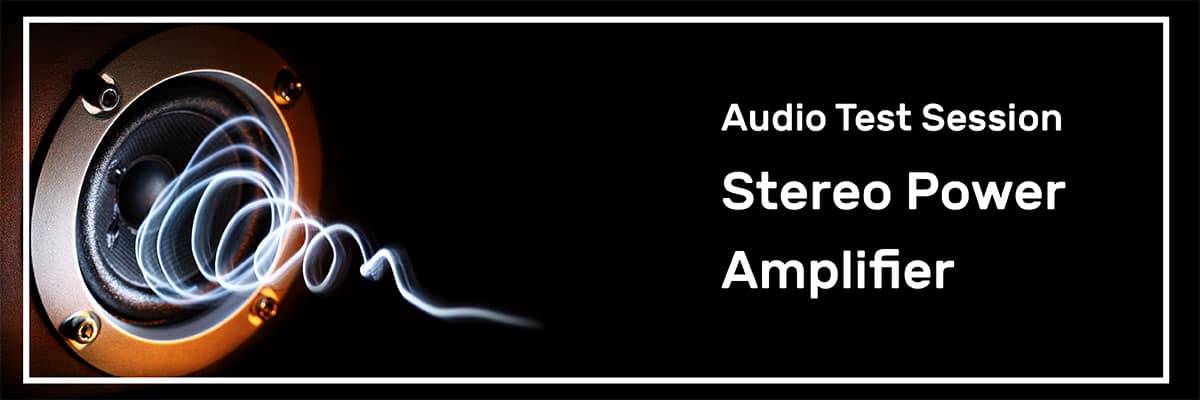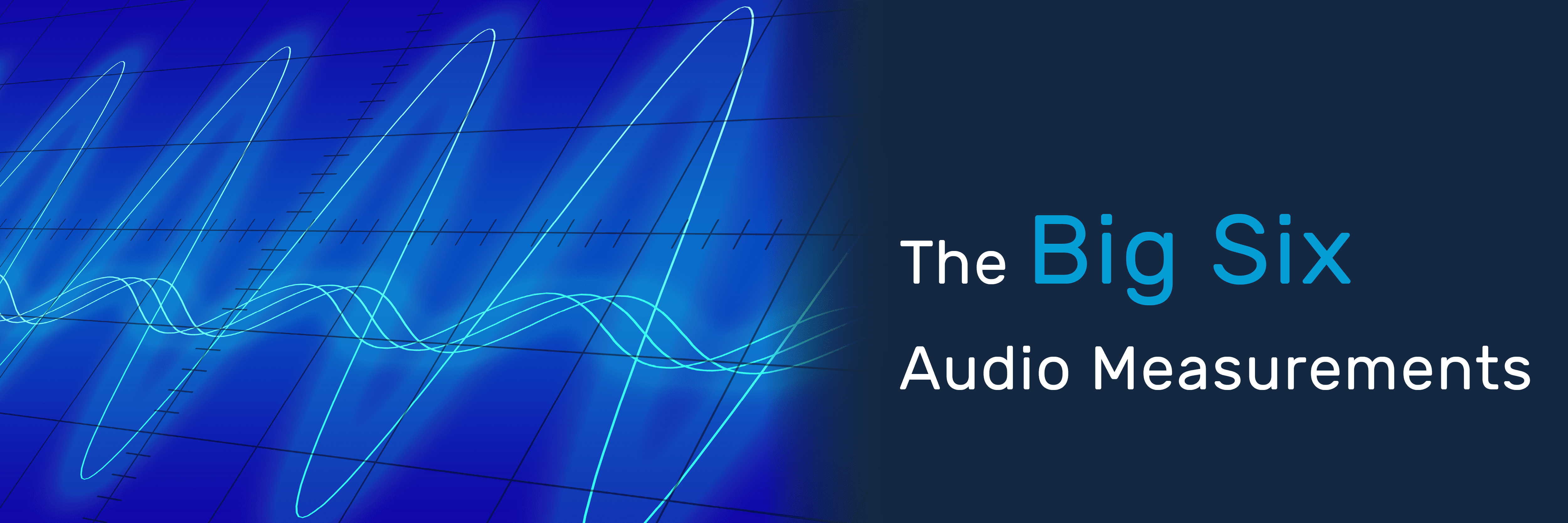Why Sine Waves and Why Are They Important?
Why are almost all audio measurements made using a sine wave as the test or stimulus signal? I face this question at least once a week. The apparent problems with sine waves are numerous but we can start with the most fundamental; no one listens to sine waves for pleasure. People primarily listen to music or speech. The design goal of most audio systems, apart from alarm systems, is to do the best job possible reproducing music or speech. So, why is audio test equipment so uniformly focused on sine waves?
Sine waves are the only waveform where 100% of the energy is concentrated at a single frequency. From Fourier analysis we can recall that all signals can be represented as the sum of one or more sine waves. In measurement scenarios a sine wave can therefore be thought of as a probe. Like attaching a probe to a specific test point in a circuit, a sine stimulus signal informs you of the response of an audio device at that specific frequency. Since all the energy is concentrated at one frequency, all the energy in the output of the device outside of that frequency is intrinsically noise and non-linearity from the DUT. With a sine wave stimulus, the response of the device can be further broken down. The energy at integer multiples of the frequency of the stimulus signal is the harmonic response which can be further divided into symmetric, odd-ordered, harmonic products and asymmetric, even ordered harmonic products. For example, power amplifiers tend to hard clip at the power rails which produces odd-numbered harmonic products. Energy that is not related to the stimulus frequency is then noise, and even that noise can itself be classified. For example, energy at 50 or 60 Hz or integer multiples of those frequencies is likely from the AC mains infiltrating the system. In short, by presenting energy at a single frequency to a device and then examining its response, we can learn a lot about the device. When non-sinusoidal signals such as music, speech or noise are presented to a device, it is simply more difficult to discern from the response the different non-linear characteristics of the device.
Additionally, because sine waves have a lower crest factor than practically any other audio signal, they are the only audio signal that will physically push a device to its literal limits. The crest factor is the ratio of a signal’s peak level to its RMS level. Sine waves have a crest factor of 3 dB, whereas music often has a crest factor of 17 dB or higher. This means that sine waves have the highest RMS level for a given peak signal level. A sine wave will therefore push a power amplifier or speaker much harder without clipping the power rails of the amplifier or hitting the back plate of the speaker.
Finally, sine waves are key to audio measurement because of history. Sine waves facilitated and were necessary to all the earliest audio measurement techniques. Measurements such as THD+N are defined intrinsically in terms of sine waves. Newer measurement techniques, especially FFT based methods, do facilitate measurements using almost any waveform type, however using sine waves remains critical if you want to compare new measurements to old measurements.
So why are audio measurements so commonly made using sine waves? Ease of measurement and understanding the results, the unique characteristics of a sine signal compared to any other signal type, and finally history and the importance in the measurement world of being able to compare new measurement techniques to older established ones.




